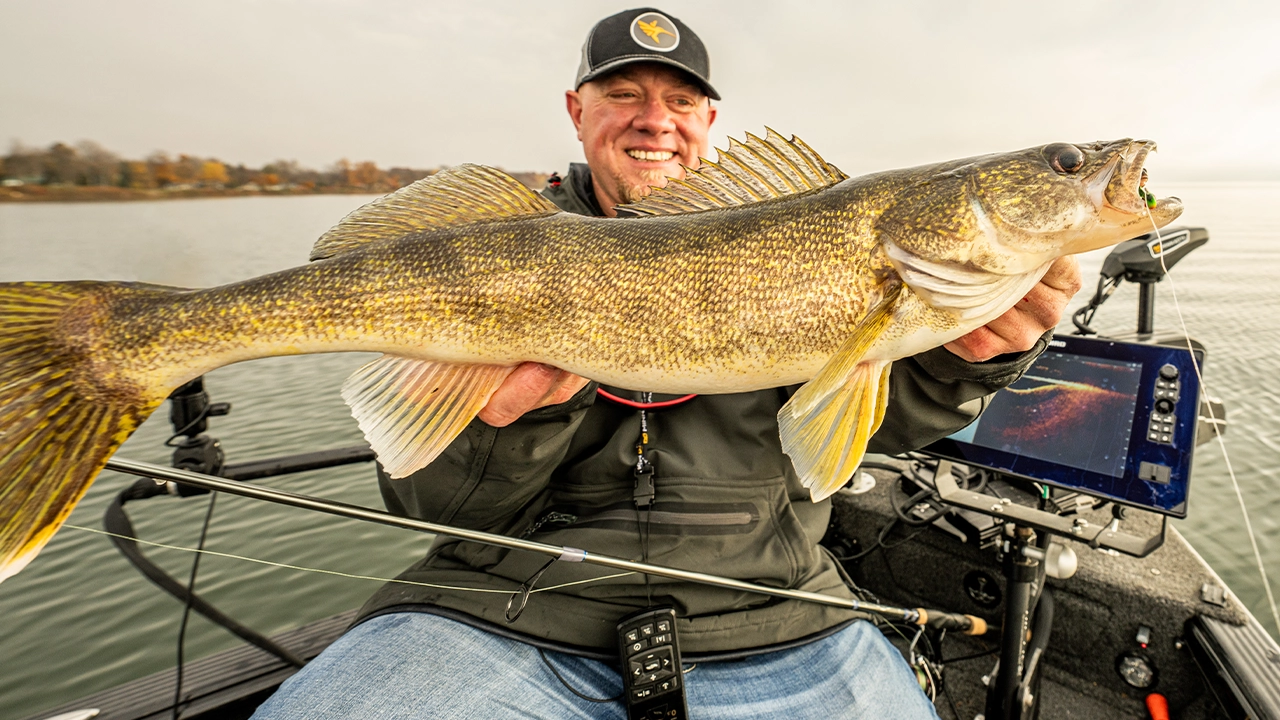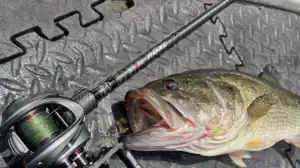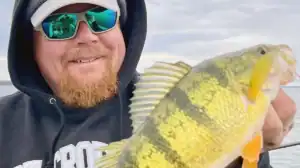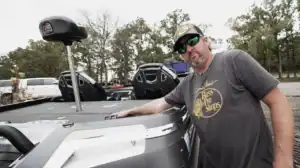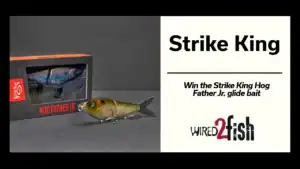Brad Hawthorne of Hawthorne’s Guide Service shares his strategies for catching walleye on big water during the fall. He demonstrates how to use modern sonar, specifically high-definition lake cartography and side imaging, to locate and catch walleye efficiently. Hawthorne also discusses why adapting your fishing techniques based on the behavior of the fish and the changing conditions on the water is a crucial component.
BOAT & ELECTRONICS
- BOAT – Lund 1875 Pro Guide – Check out at Lund Boats
- MOTOR – Mercury FourStroke 90hp: Check out at Mercury Marine
- TROLLING MOTOR – Minn Kota Ulterra QUEST: Buy at Bass Pro Shops
- FISH FINDER – Humminbird APEX 13 MEGA SI+ CHARTPLOTTER: Buy at Bass Pro Shops
- LIVE SONAR – MEGA Live Hand Control – Universal: Buy at Humminbird
LOCATING WALLEYES WITH MAPPING
Finding walleye on expansive lakes requires precision. Hawthorne relies on high-definition digital mapping to identify key fish-holding areas. The shading features of his LakeMaster mapping allow him to highlight contours, adjust water levels, and overall better visualize structure to make it easier to pinpoint likely fish-holding areas. He stresses that anglers should use technology to adjust their approach based on current conditions, whether it’s depth, bottom type, or wind direction.
USING SONAR AND LIVE IMAGING
Once walleye are located with side imaging, Hawthorne switches to forward-facing sonar, especially when pitching jigs and minnows. He determines whether to hold the boat or drift based on the size of the school. If walleyes are concentrated and holding in an area, he often uses live sonar to track his lure and watch walleyes react in real time. For scattered or roaming fish, controlled drifts using Minn Kota Drift Mode help cover more water.
ESSENTIAL GEAR FOR FALL WALLEYE
Hawthorne highlights the power of modern electronics in breaking down big water, including forward-facing sonar, 2D sonar, and networked trolling motors that automate the boat control process. He emphasizes that anglers should use every tool available to maximize their chances on big water.
TACKLE USED
- JIG (short shank) – Northland Fishing Tackle Short-Shank Tungsten Jighead: Buy at Bass Pro Shops | Buy at FishUSA
- JIG (long shank) – Northland Fishing Tackle Tungsten Jighead: Buy at Bass Pro Shops | Buy at FishUSA
- Check out Jigs at Northland Fishing Tackle
- ROD – TunedUpCustomRods, 2023 APEX PRO MEDIUM-LIGHT FAST: Check out at TUCR
- REEL – Shimano Vanford Spinning Reel: Buy at Bass Pro Shops | Buy at FishUSA
- LINE (braided mainline) – Seaguar Smackdown, 10-pound: Buy at Bass Pro Shops | Buy at FishUSA
- LINE (fluoro leader) – Seaguar Gold Label Fluorocarbon Leader, 10-pound: Buy at Bass Pro Shops | Buy at FishUSA
